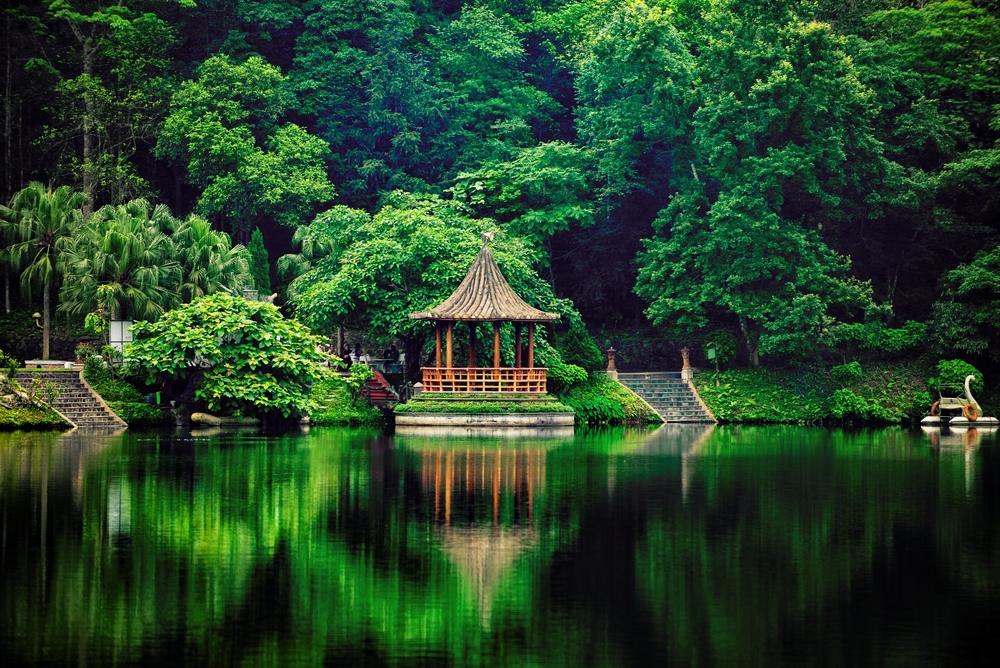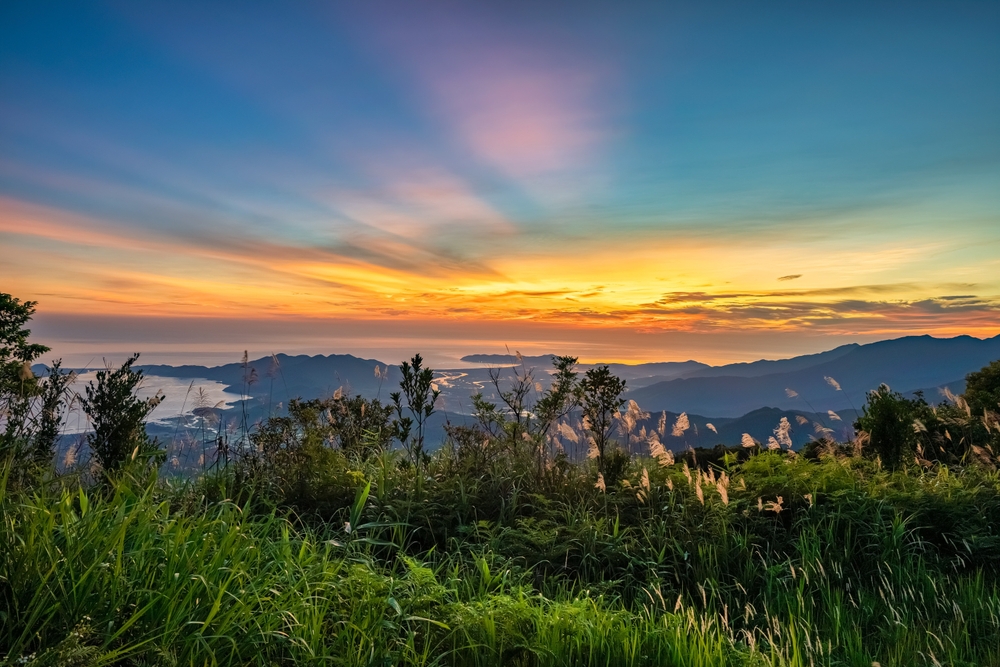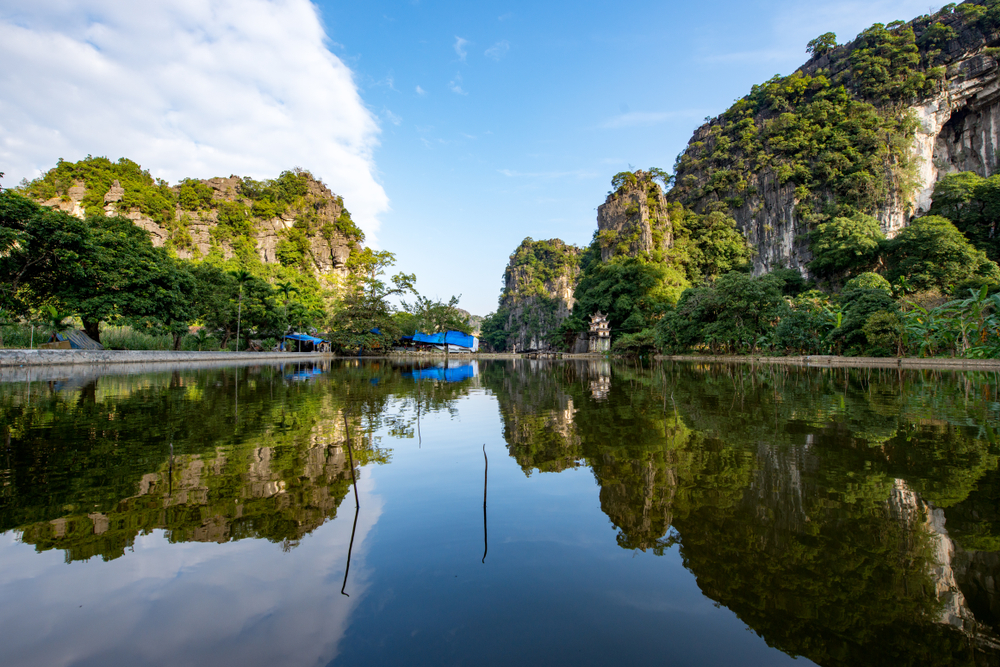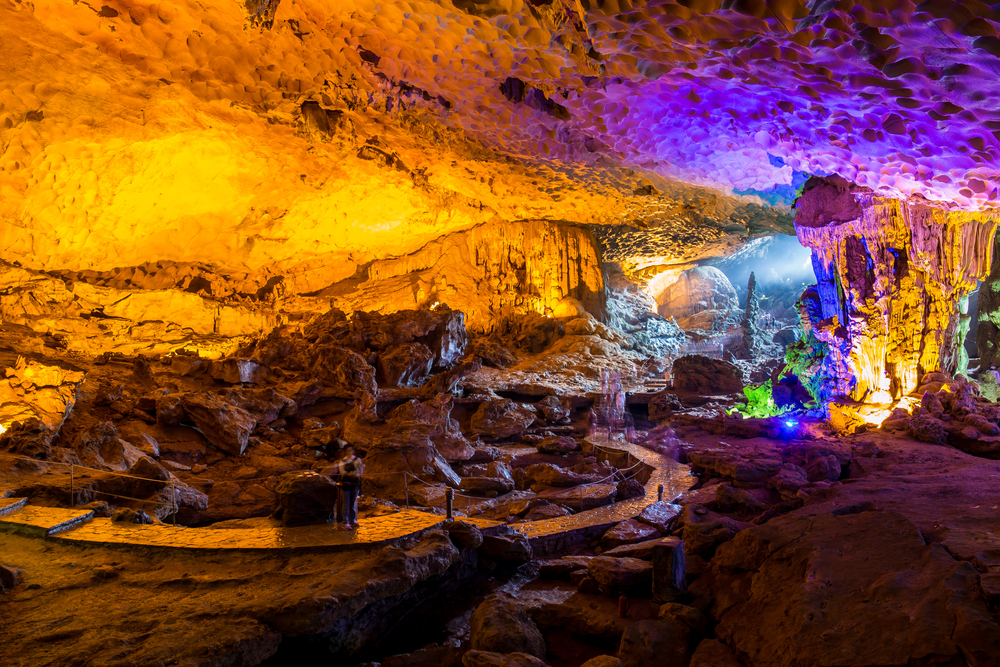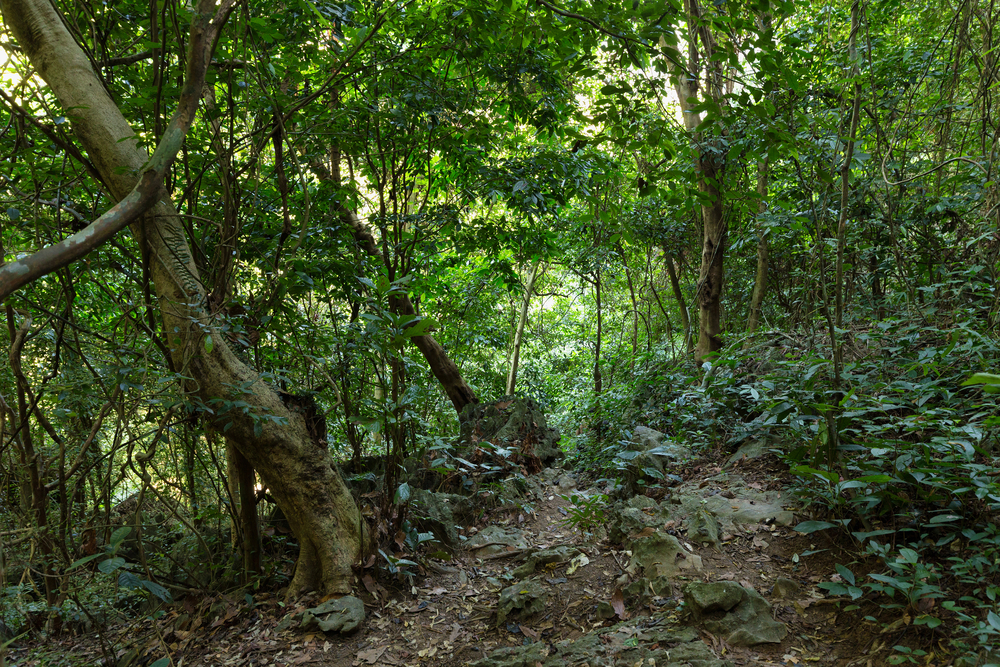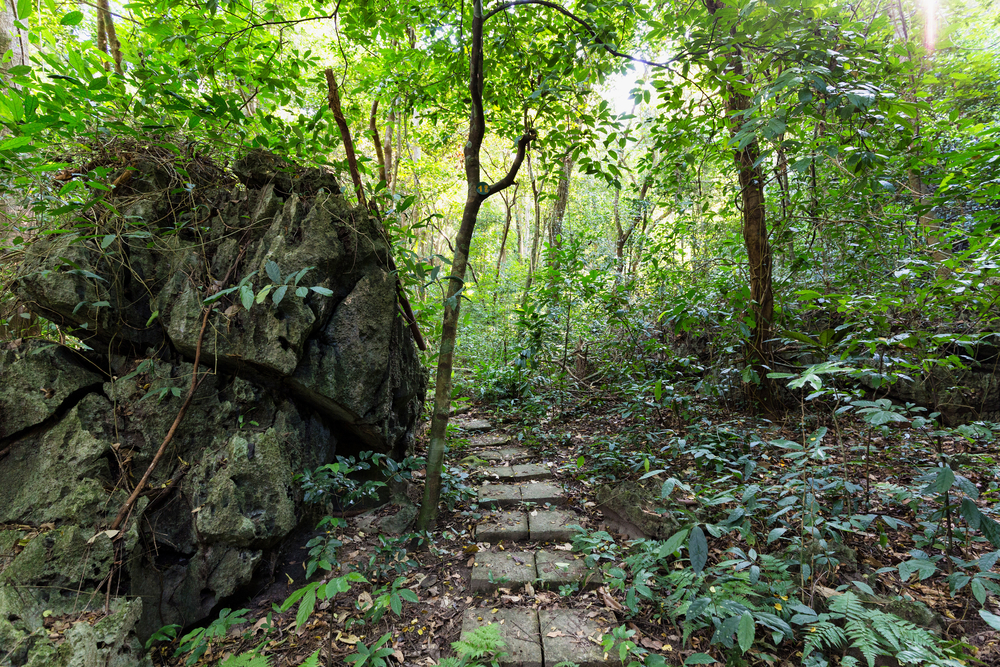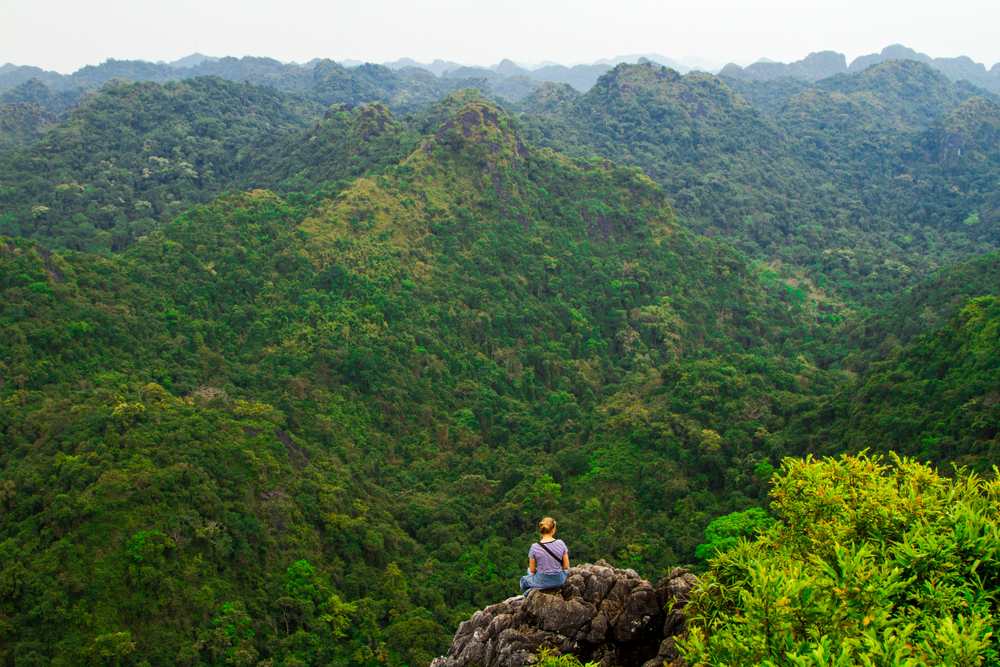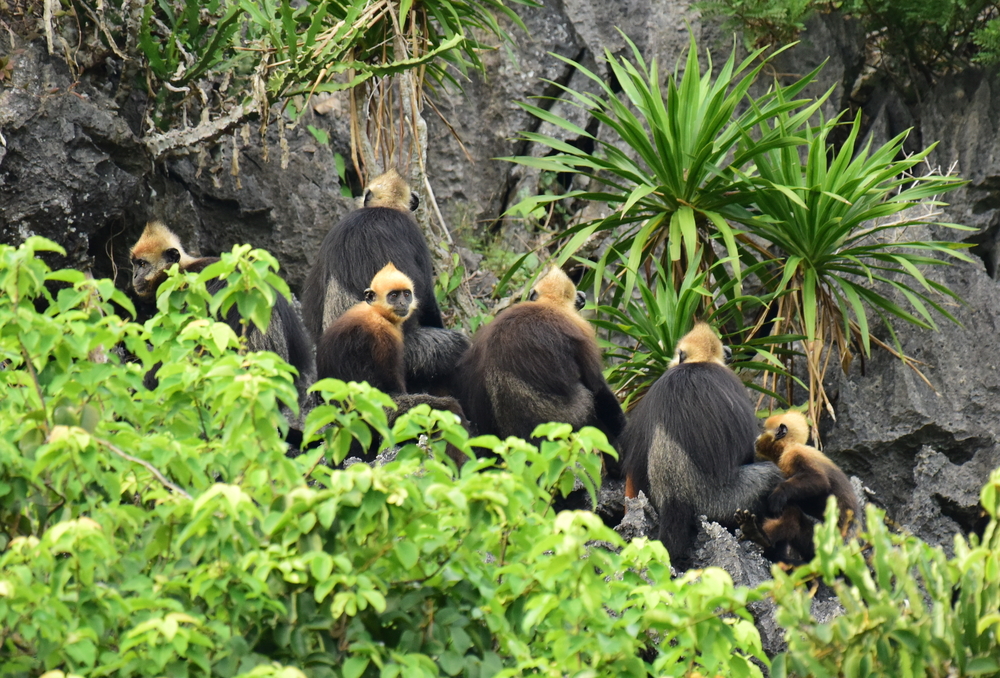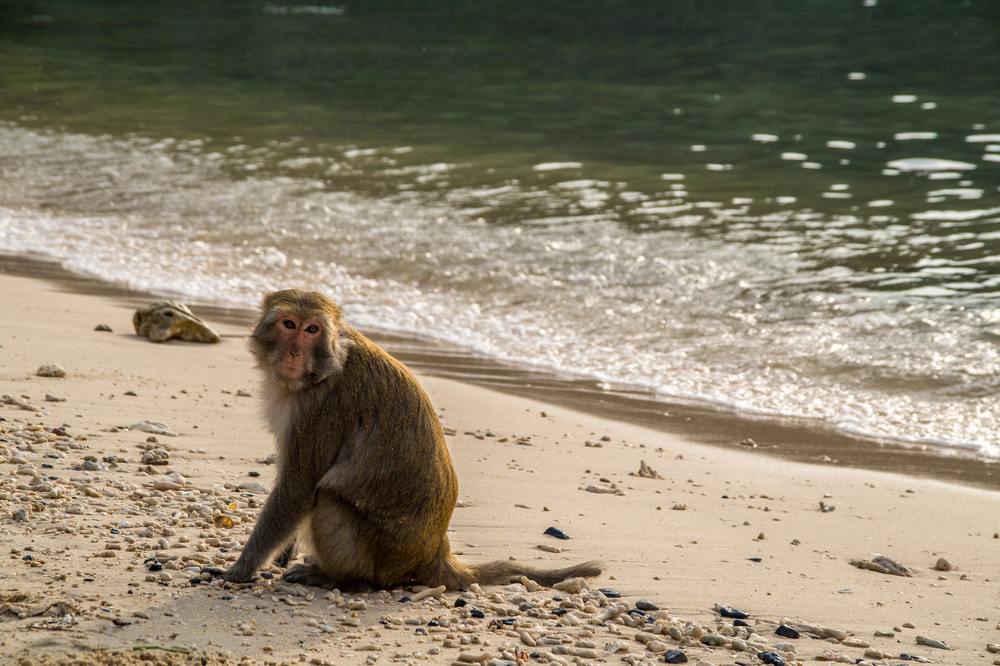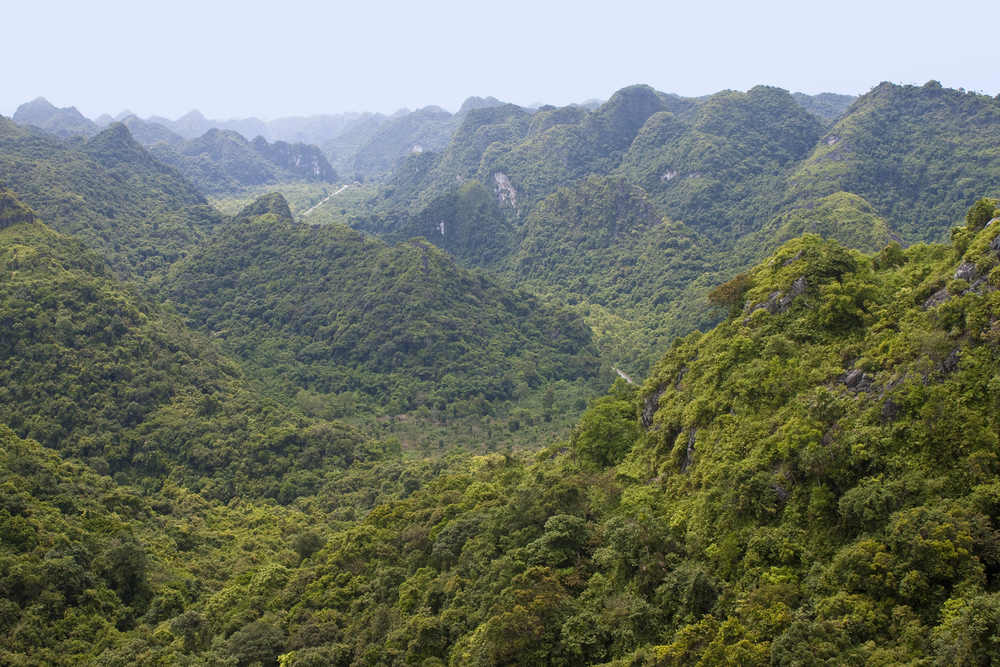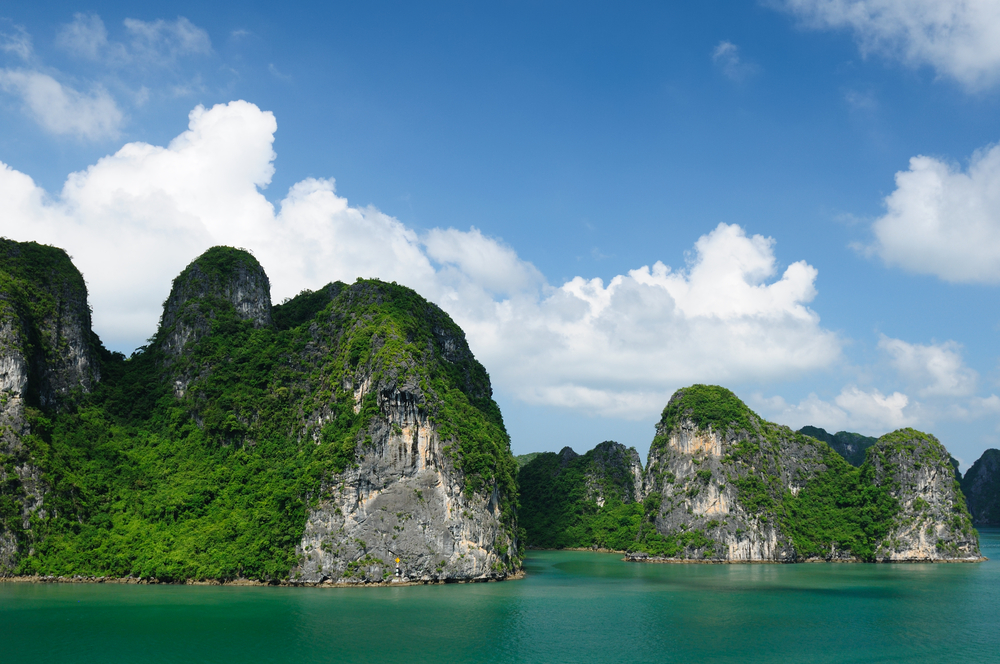Popular
Cat Ba National Park is a sanctuary for diverse wildlife, offering a glimpse into rare species and unique ecosystems within its stunning karst landscapes.
Cat Ba Langur
Critically endangered, the Cat Ba Langur is known for its striking golden head and black body, surviving in small numbers within the park’s limestone forests.
Rhesus Macaque
Common yet fascinating, Rhesus Macaques are highly social primates, playing an essential role in the park’s ecology through seed dispersal and social interaction.
Leopard Cat
Small and elusive, the Leopard Cat navigates the dense underbrush with ease, its spotted coat camouflaging perfectly in the park’s varied habitats.
Oriental Small-clawed Otter
The smallest otter species, these social and playful animals are often seen near water bodies, showcasing the importance of aquatic ecosystems in the park.
White-bellied Sea Eagle
Soaring high above, the White-bellied Sea Eagle is a magnificent sight, with its broad wings and distinctive cry, symbolizing the park’s coastal and marine biodiversity.
King Cobra
The world’s largest venomous snake, the King Cobra commands respect, its presence indicating the health of the park’s primary forests.
Horsfield’s Fruit Bat
A vital pollinator and seed disperser, Horsfield’s Fruit Bat thrives in the park’s canopy, contributing to the regeneration and health of the forest.
Asian Water Monitor
Large and versatile, the Asian Water Monitor is a common sight along the park’s waterways, playing a critical role in controlling rodent and insect populations.
Pangolin
With its armored scales and unique diet of ants and termites, the Pangolin is a crucial part of the park’s ecosystem, aiding in pest control.
Each of these species contributes to the complex web of life in Cat Ba National Park, highlighting the importance of conservation efforts in this unique habitat.










































































